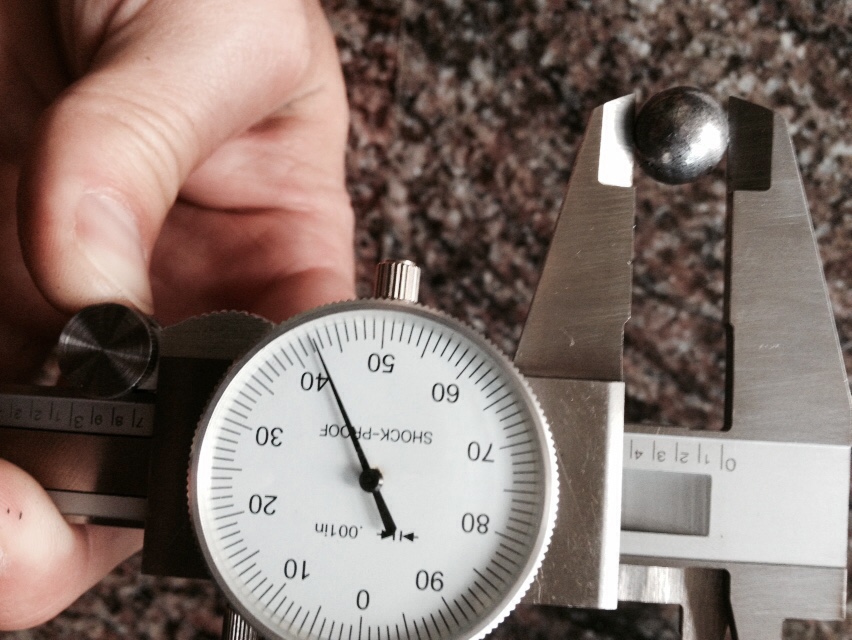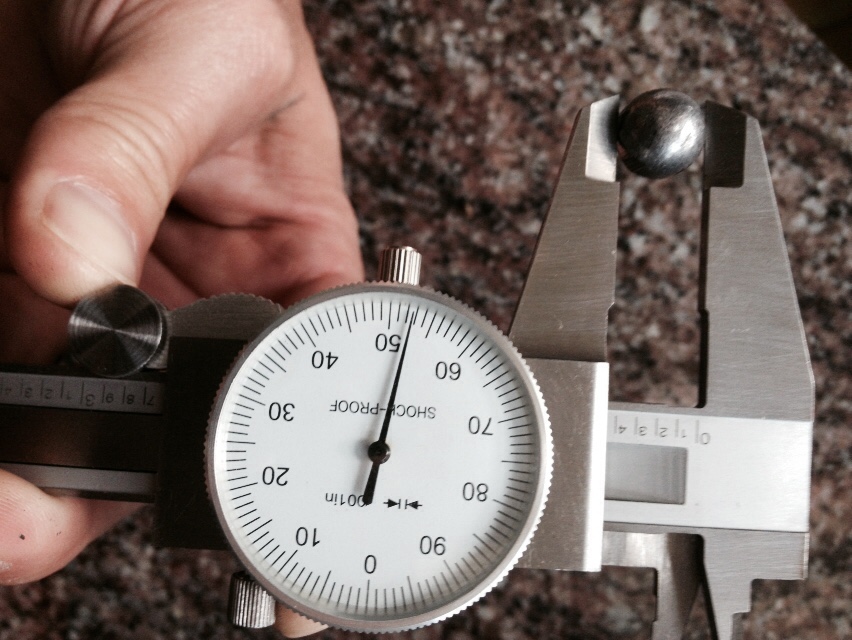.457 diameter ball will work just fine - it will shave a larger ring of lead and will require a little more effort to load. This company sells a loading tool to give you more leverage.
https://www.badmanbullets.com/OnlineStore/proddetail.php?prod=SliX-Hand
Cheaper to just fashion yourself a cheater bar out of a piece of plastic or copper pipe.
When you finish off the box of .457, buy .454 diameter ball. Easier to load.
Pietta revolvers are set up for Remington #10 caps. They should have no problem setting off Pyrodex RS (FFg).
Regarding cleaning the new gun. I like to wipe down my new guns to get all the factory grease off of them.
I'll hit the chambers with Que-tips. If you watch Duelist's videos, he recommends putting anti-seize grease (choke grease) on the threads of the nipples. I've been putting a little bore butter on the nipple threads and find it works just fine. Either will work.
Before shooting with a new gun, I'll snap caps on each chamber / nipple. This usually clears the nipples of any factory grease.
For shooting - I use the following for all my Pietta 44's (5 of them):
30gr FFFg black powder, wonder wad or felt wad, .454 diameter ball and Remington #10 caps.
Fun thing about about black powder is you can load mild to wild. Can load as little as 10 to 15grs of powder with a wad or filler, all the way the way up to what the chamber will hold. In the case of the Pietta 1858, I can get 40gr of FFFg powder in the chamber (filled to the rim) and still press a ball on top of it.
Using wool felt wads (aka Wonder Wads) under the ball, I like to put a dab of bore butter between the wad and the ball as it puts the lube down the barrel where you want it. You can also put lube on top of the ball if you want to skip the wads. I find this to be more messy as the lube in the adjacent chambers to the one being fired spread their lube all over the outside of the gun and your hands. Either works well enough.
For cleaning the gun after shooting - water (cold, hot, room temperature) works just fine. Follow water by the gun oil of your choice. I use my garden hose to flush out the barrel and cylinder. I then use patches on the barrel and Que-tips for the chambers and hammer.
I finally found a can of Ballistol in stock at a guns hop and have been using that for my final lubrication of the gun before storage. Some folks will mix Ballistol with water in a spray bottle (Moose Milk) and use that. I mixed up a bottle to try.
Regarding measuring chambers...
Shoot the gun for awhile and see how it does on paper before concerning yourself with that.
Note these cap & ball revolvers shoot high at normal pistol range distances (21ft). I find it's best to aim at the base of the target.
Have fun!





 host a picture online
host a picture online



